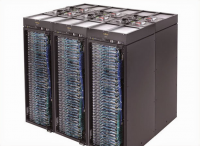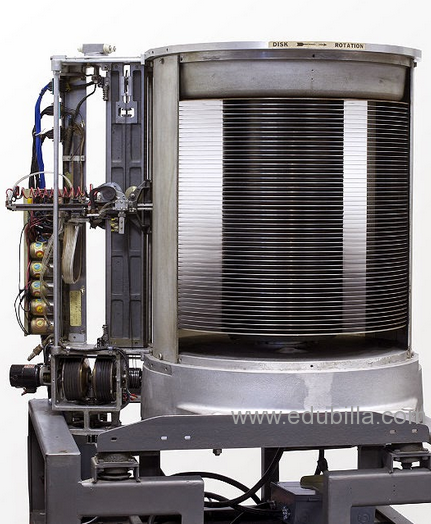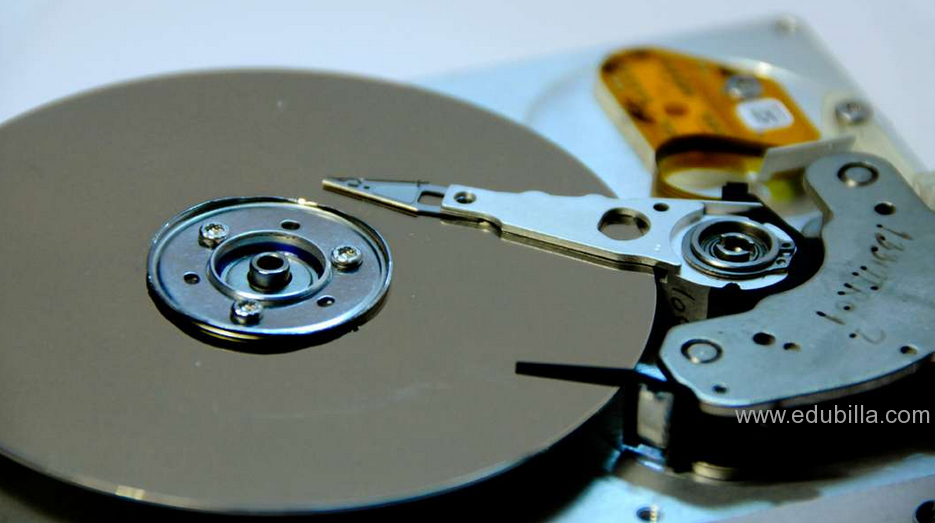








A computer has two fundamentally different types of memory. The main memory is Direct RAM (DRAM) which represents the active storage components of a computer’s memory. DRAM is fast but it stores relatively little information. The other type of memory is the hard drive which uses a solid, locally magnetized, metal disc to store information. (For this reason, a powerful magnet should never be placed on top of a laptop.) The hard drive uses a single “pick-up” to read the information while the disc spins beneath it. This process takes a long time by computer standards.
In 2005 IBM demonstrated a possible alternative in the form of the “millipede”-so called because it looks like one. The millipede uses nanotechnology to store information in tiny depressions on the surface of a silicon-treated polymer. This information is ready by a series of atomic force probes which can read and write information much more quickly than conventional hard drives.
The consequence is that the millipede is much faster than the hard drive, almost as fast as some DRAMs and is capable of storing more information than some hard drives, as much as 1 terabytes per square inch (1 gigabytes per square millimetre). This capacity is four times greater than the magnetic storage currently available.

